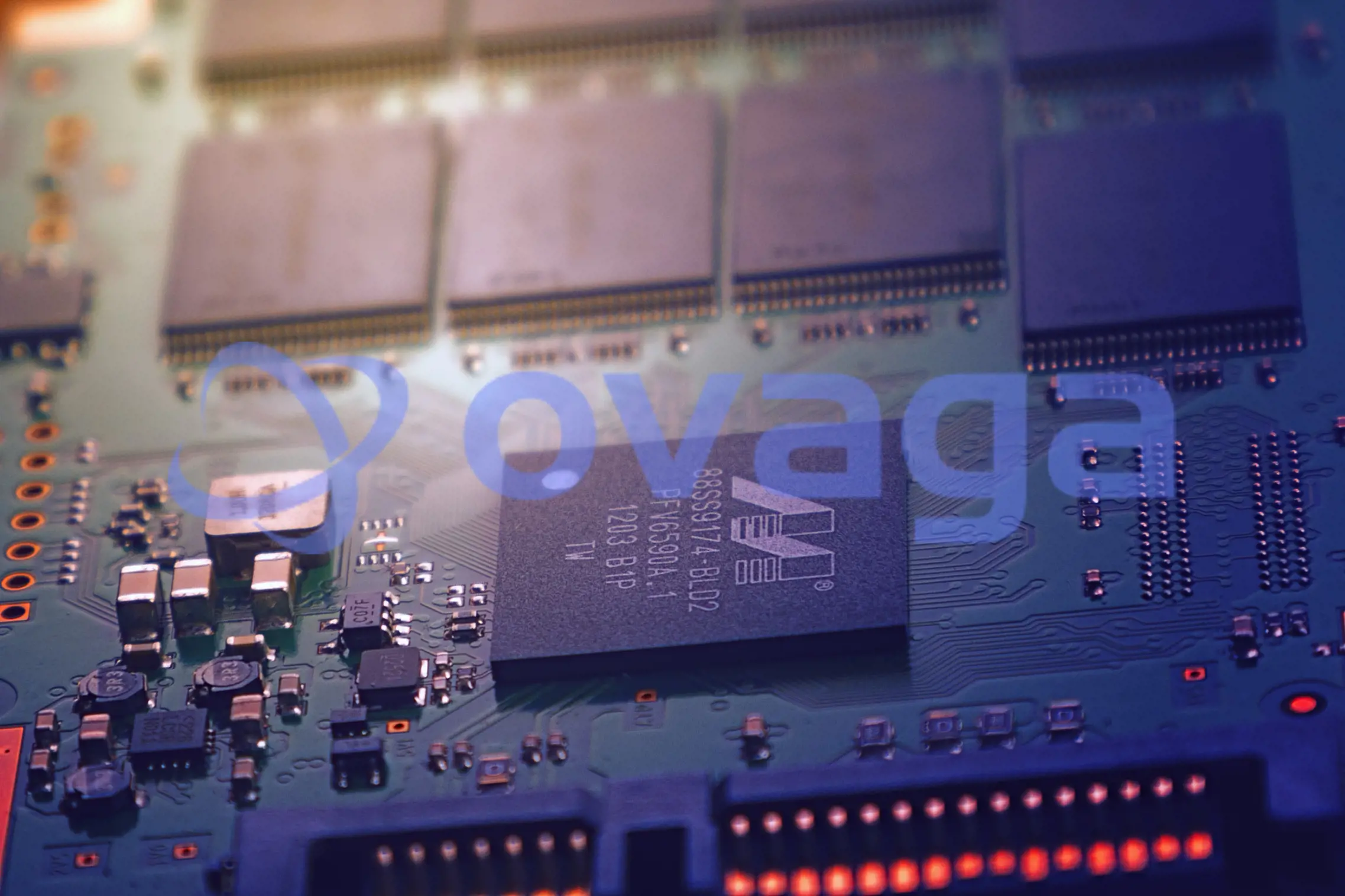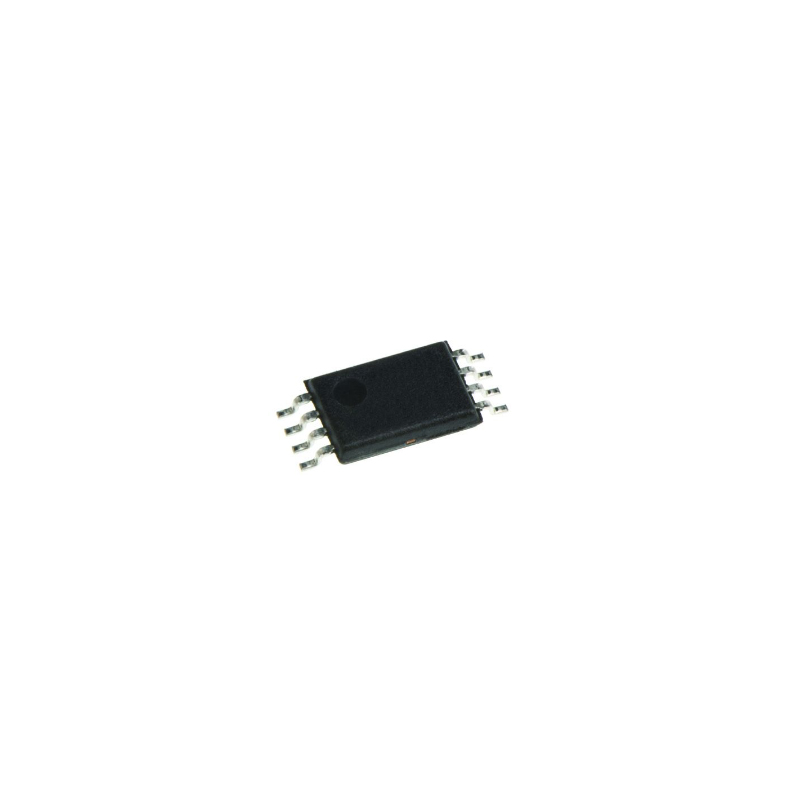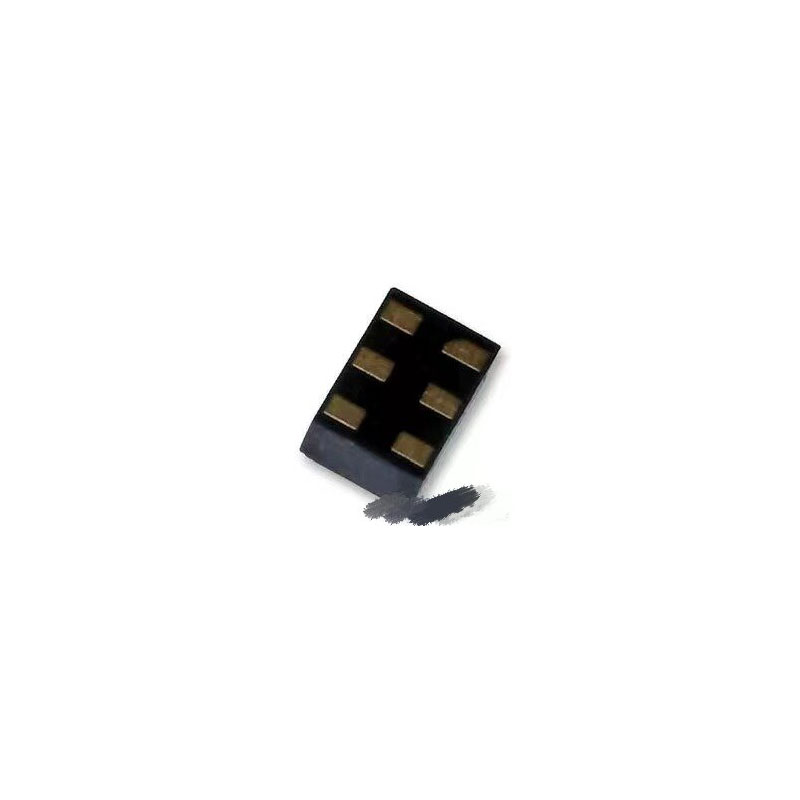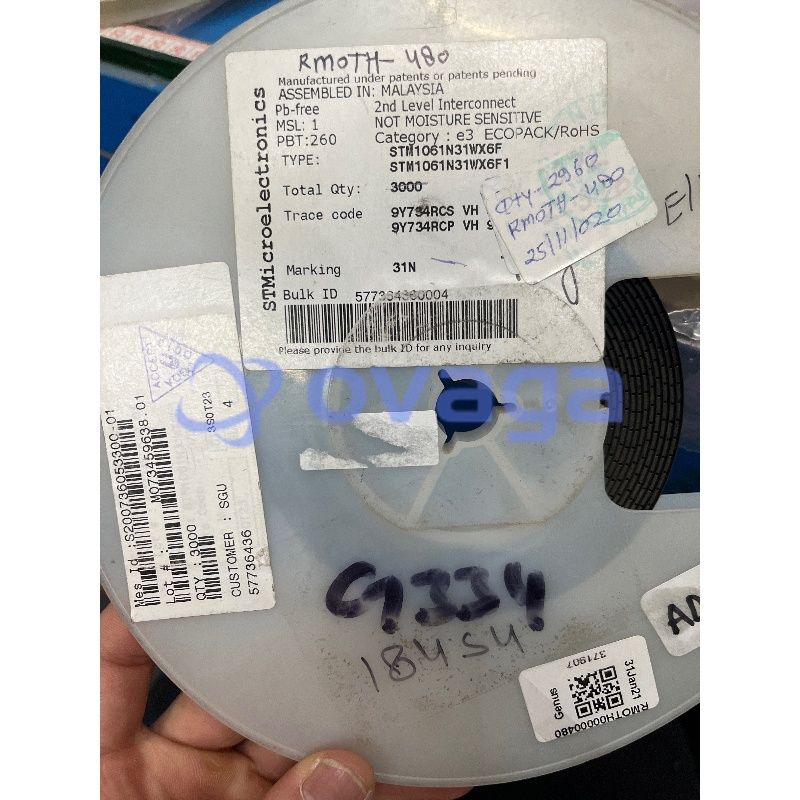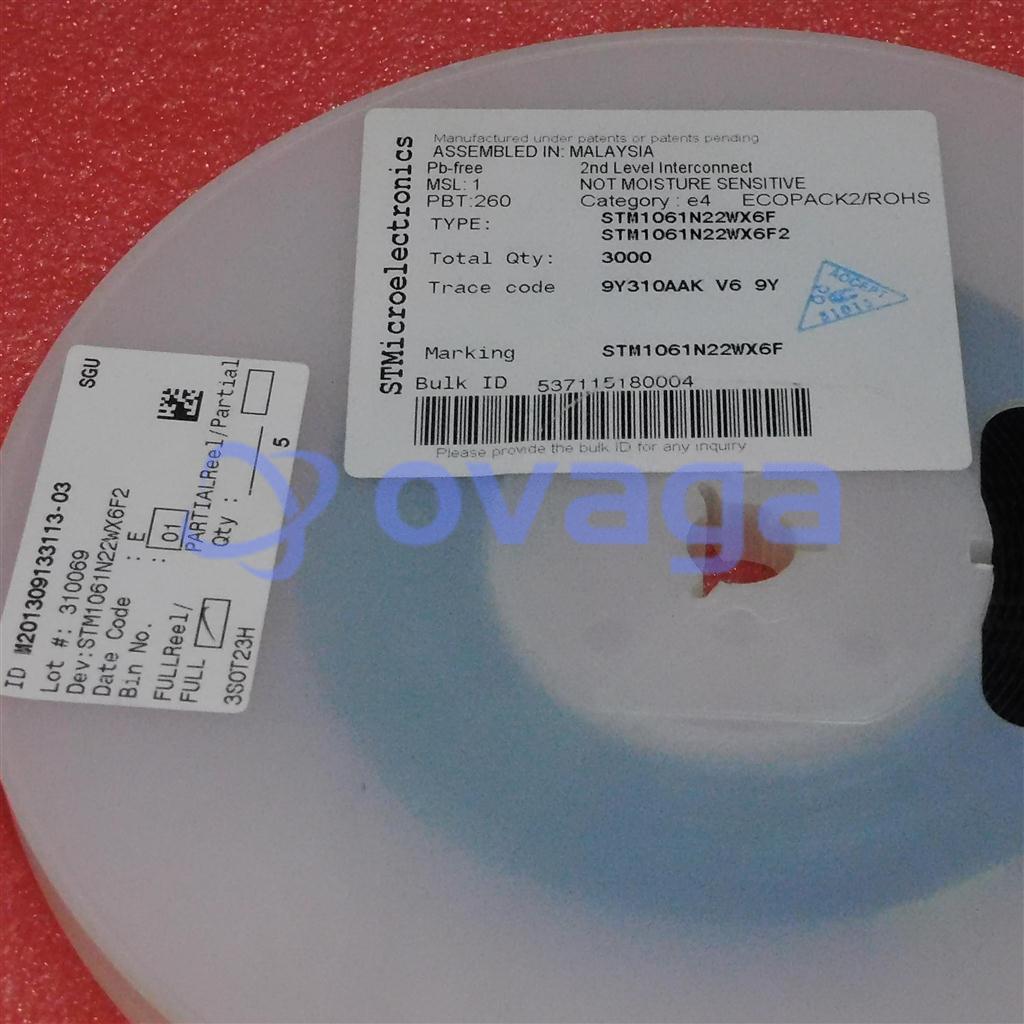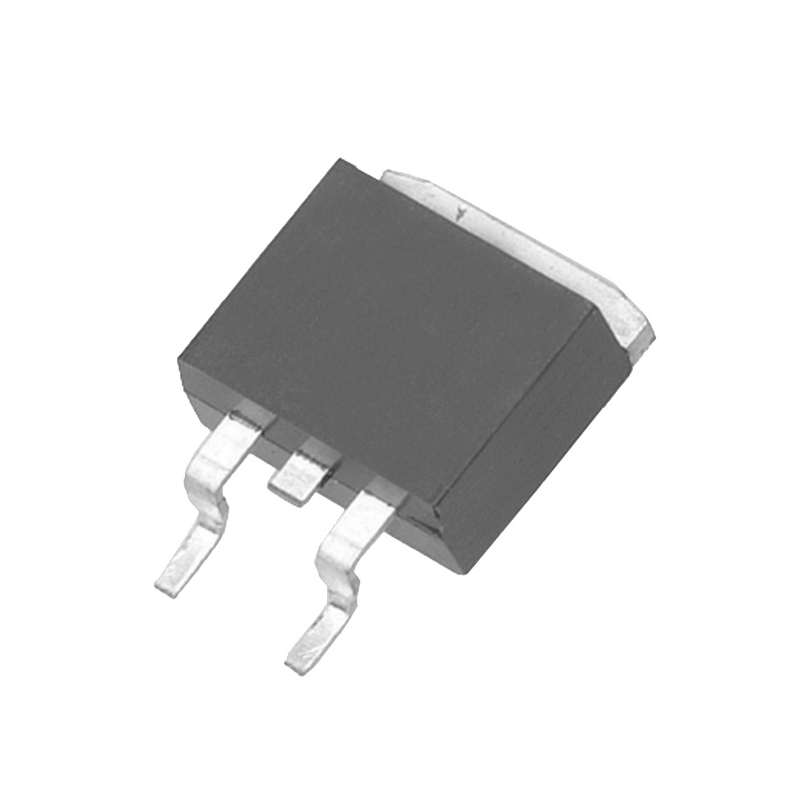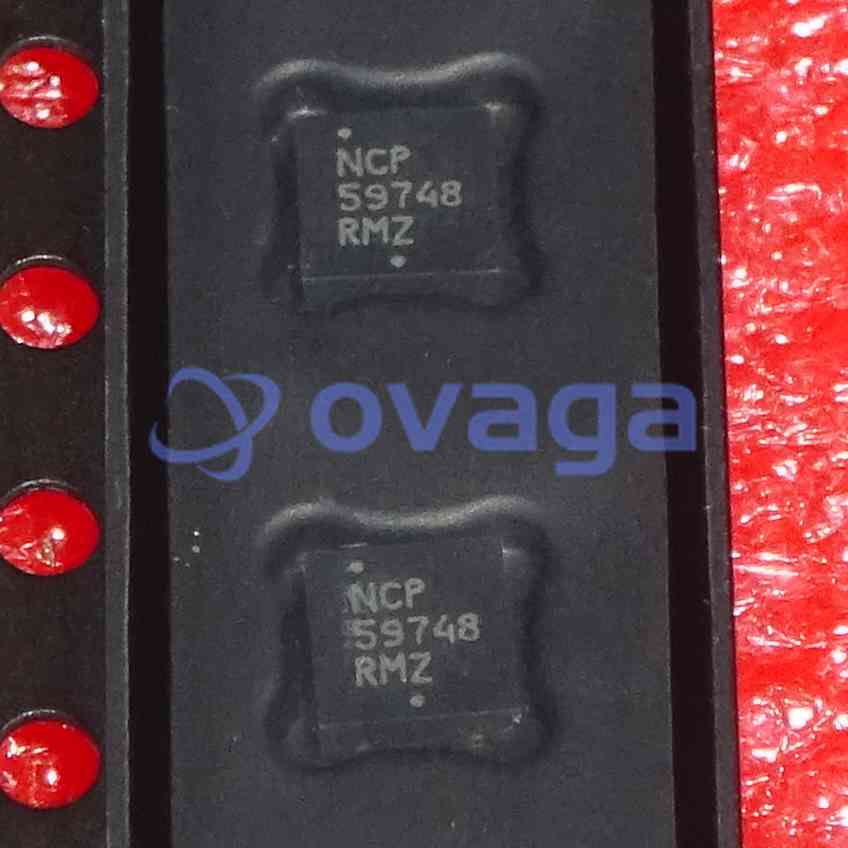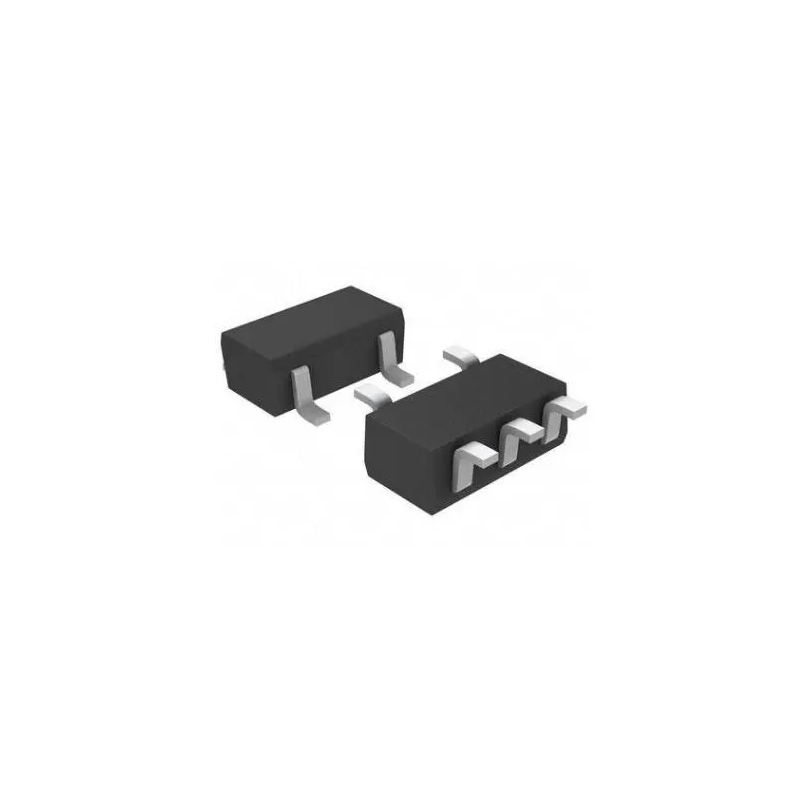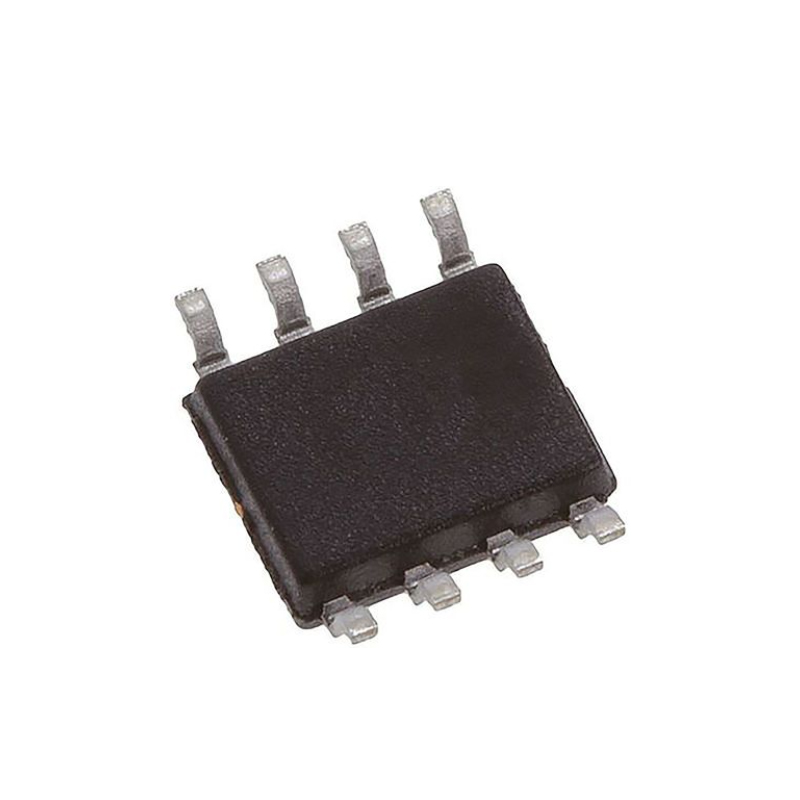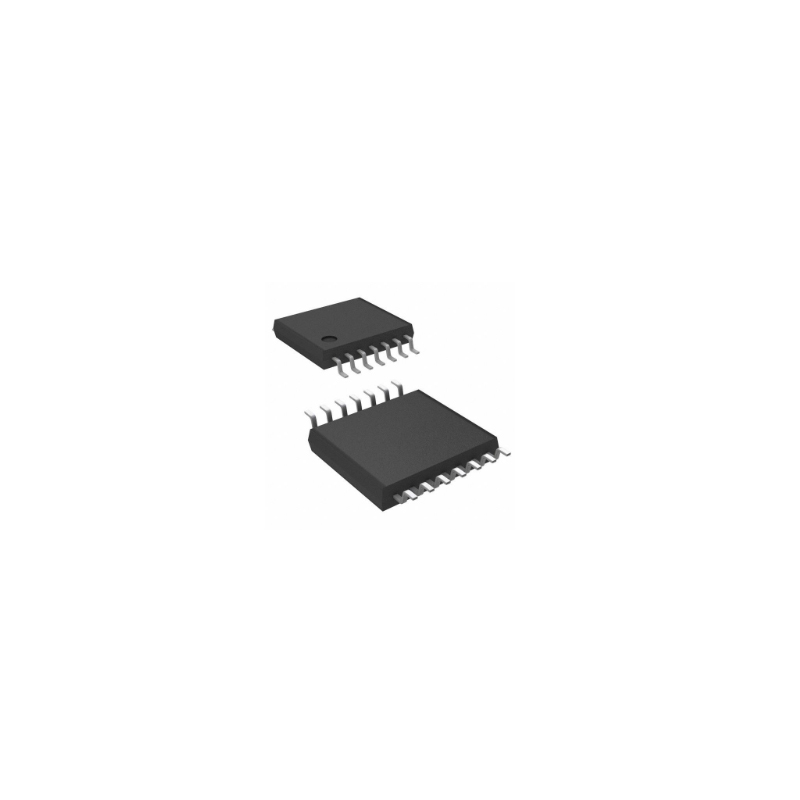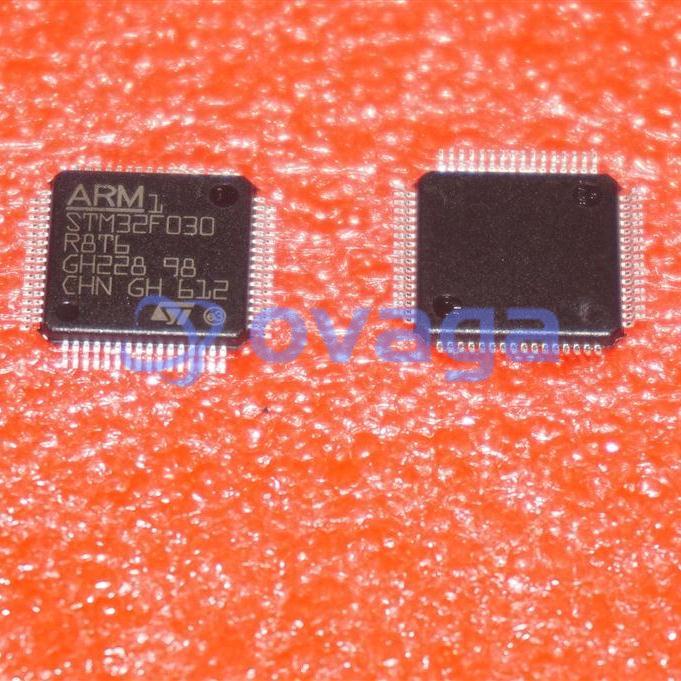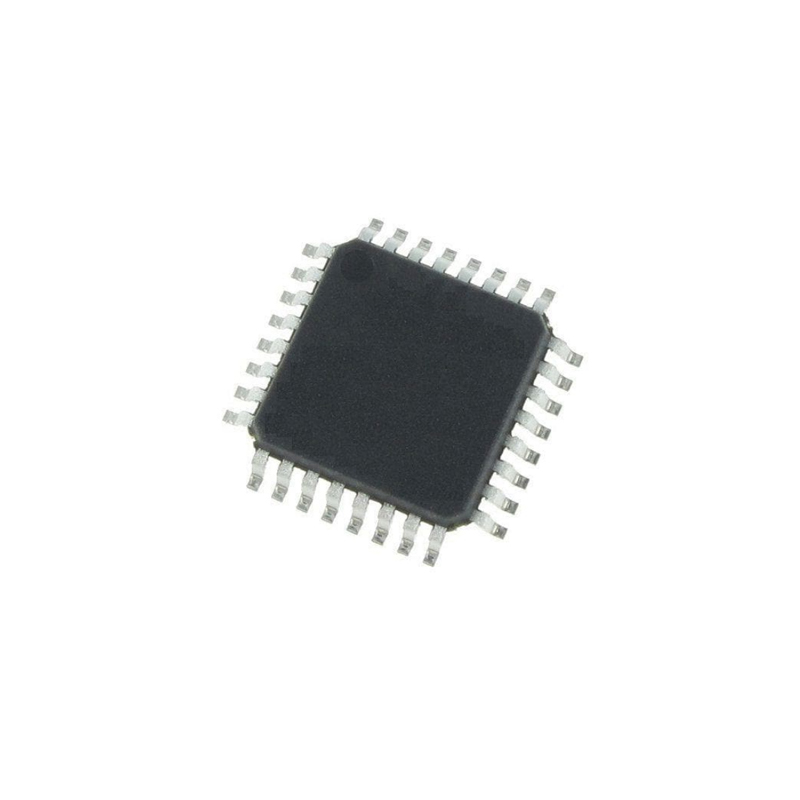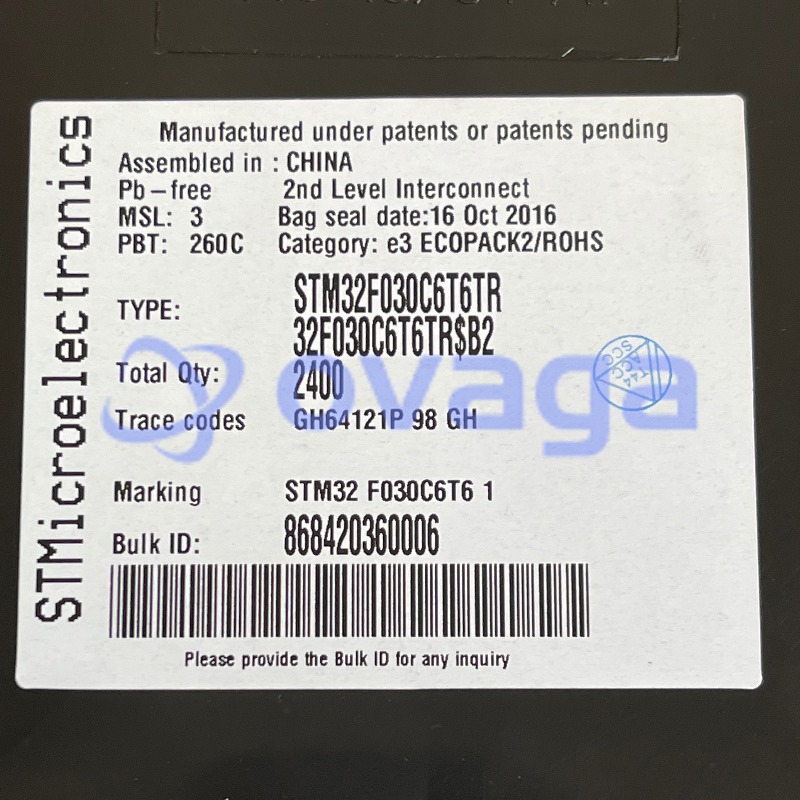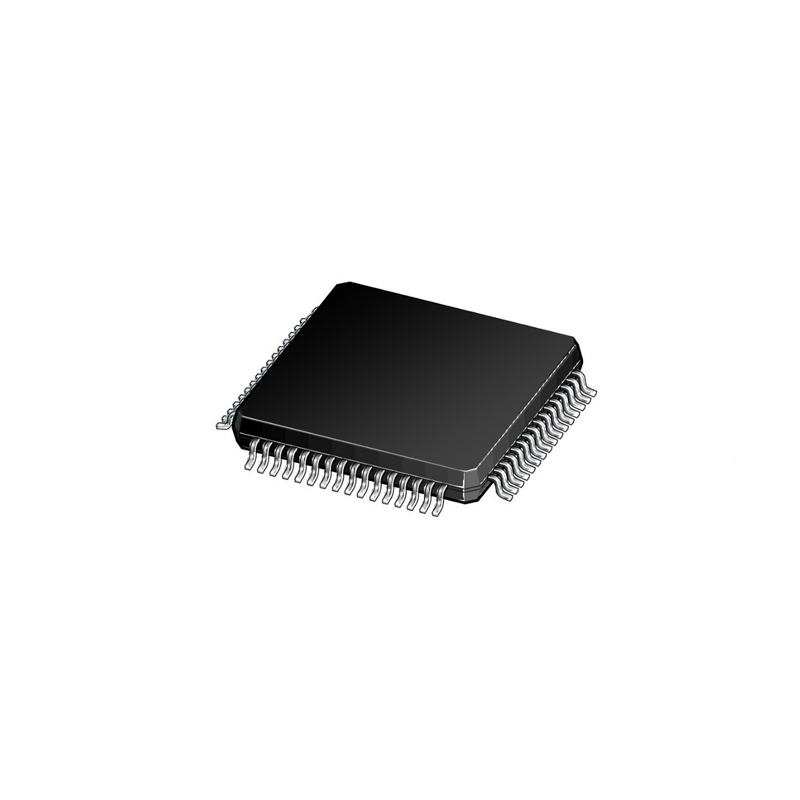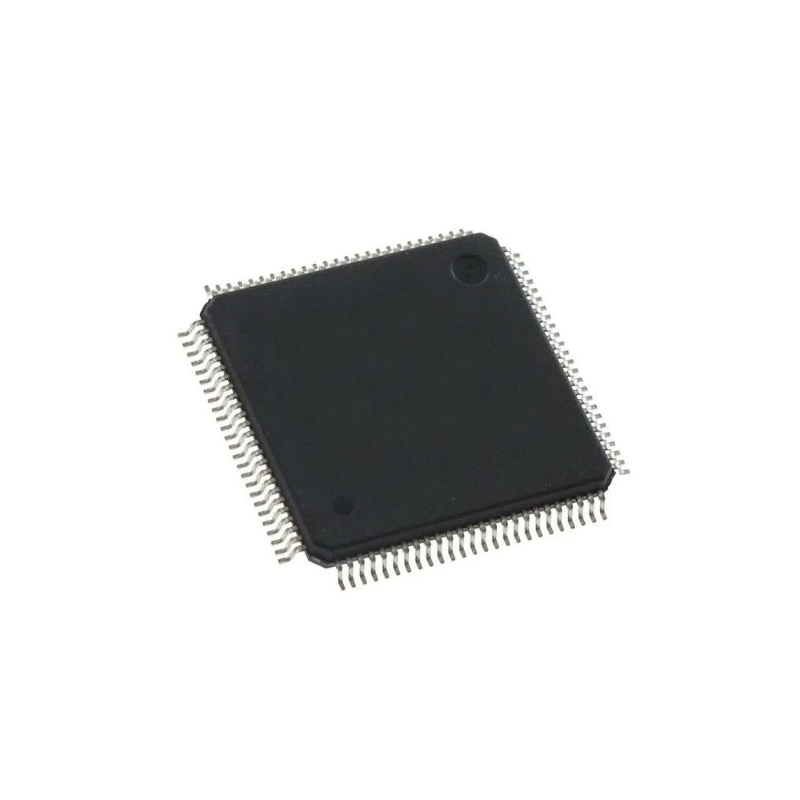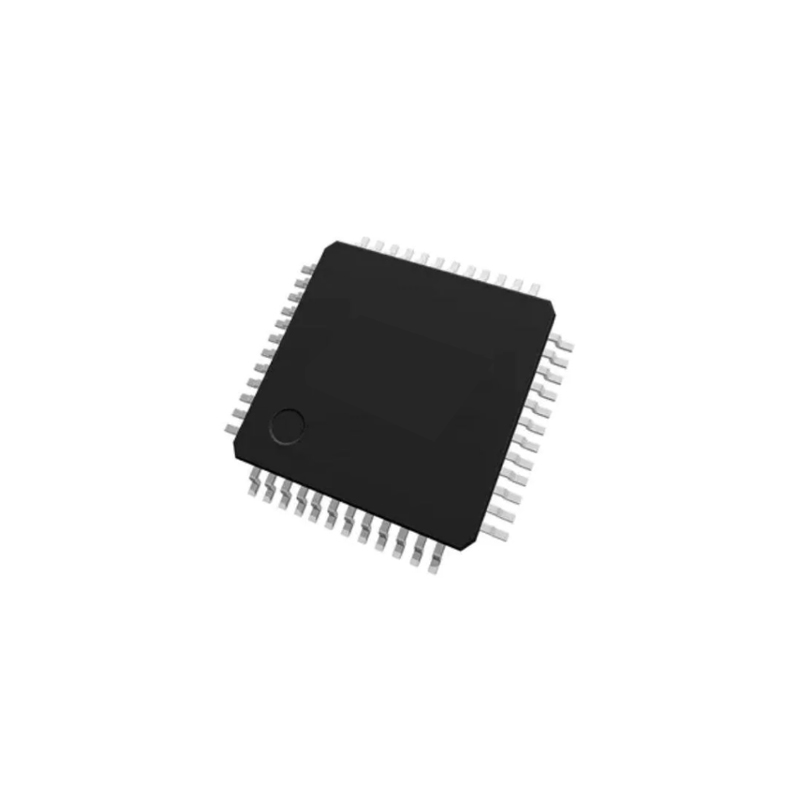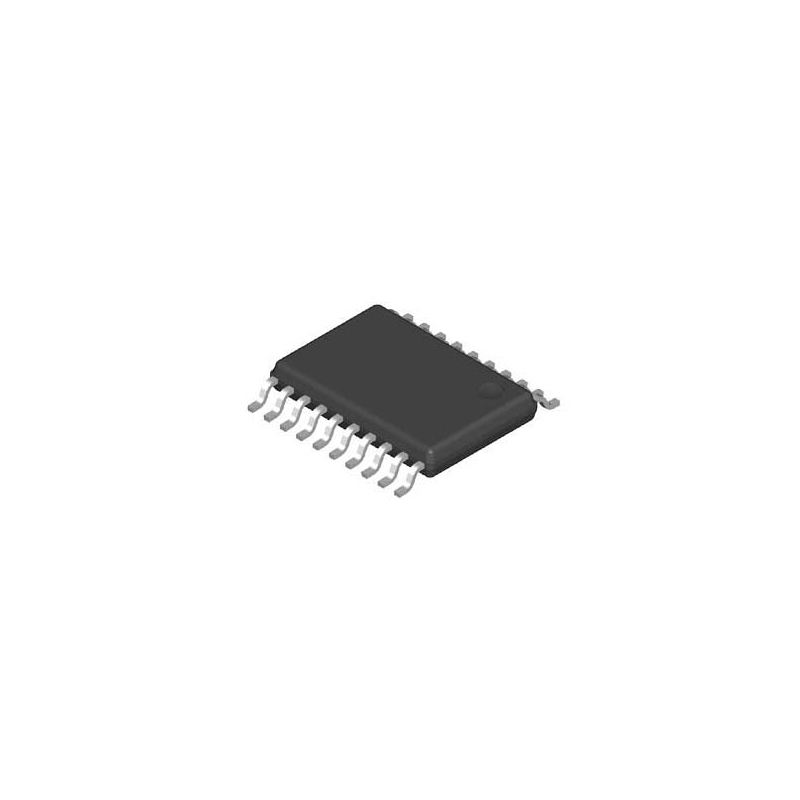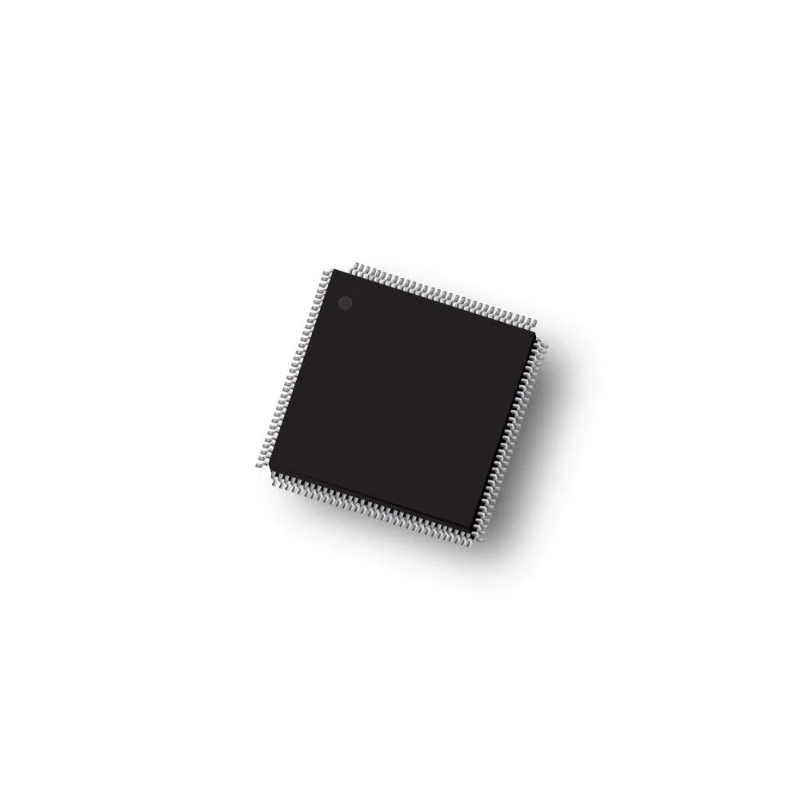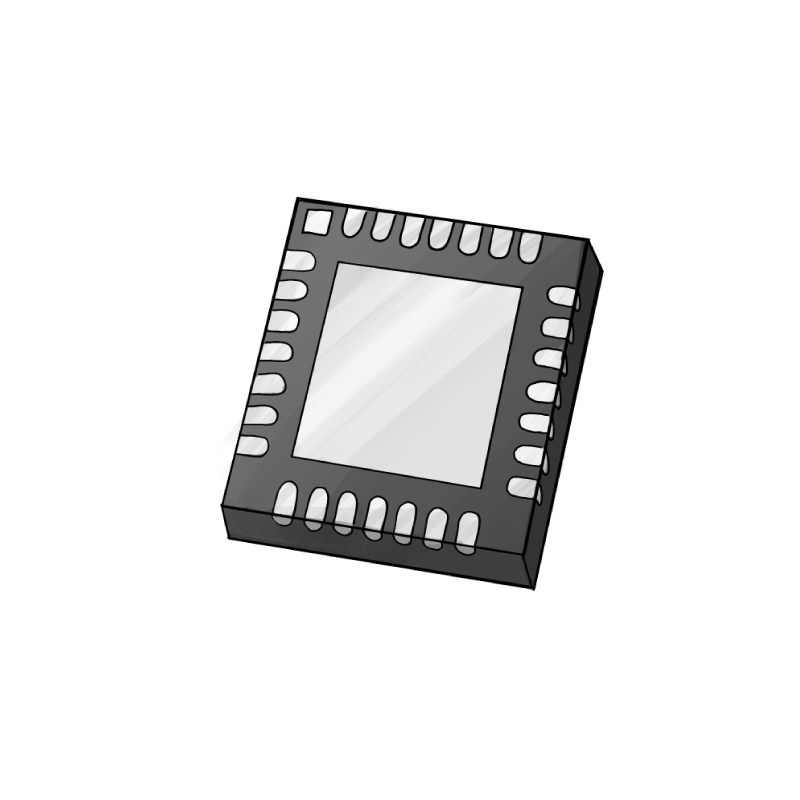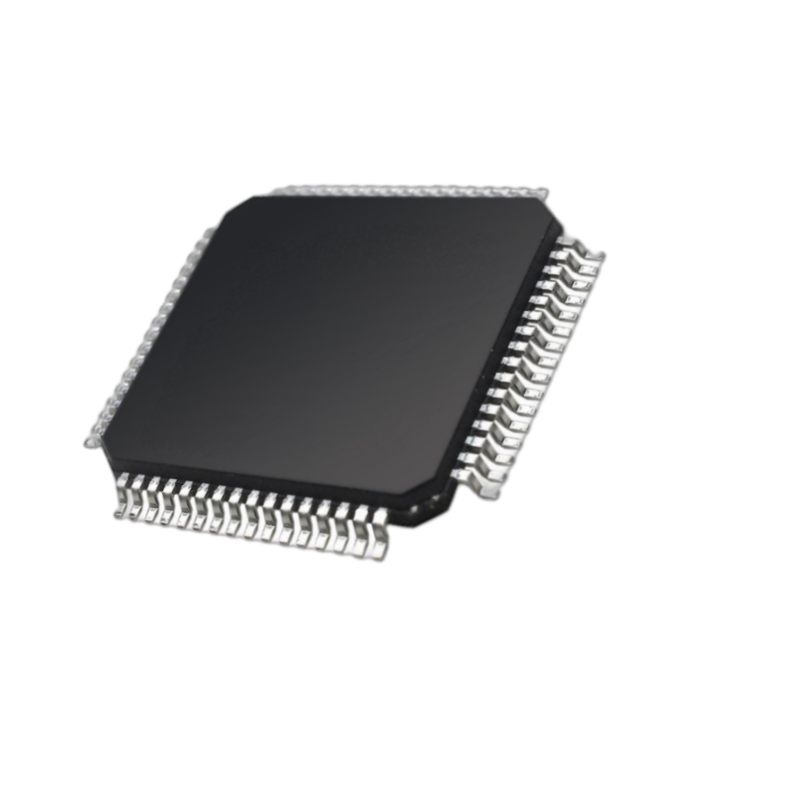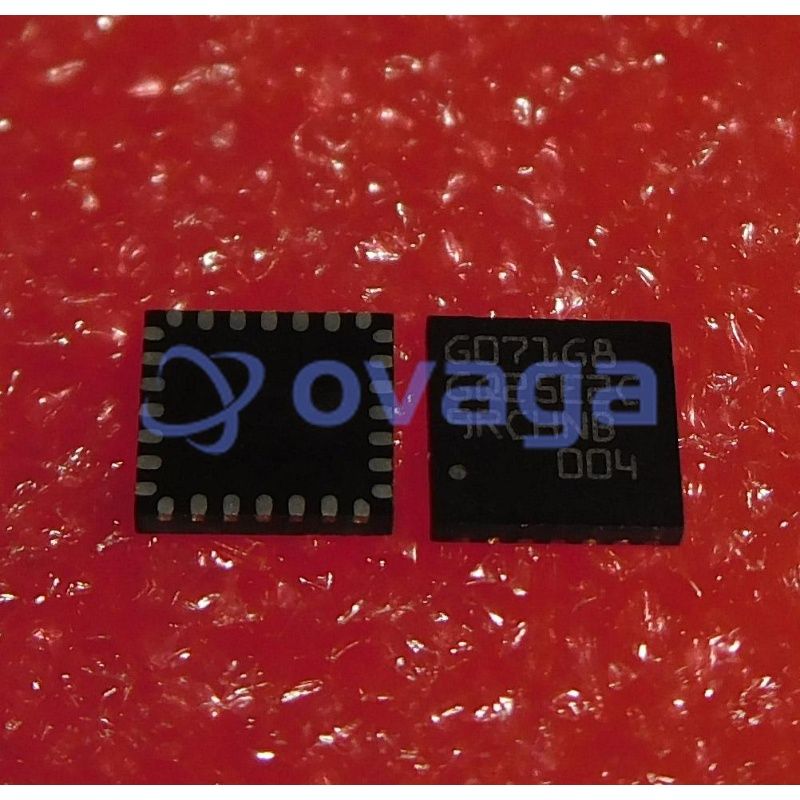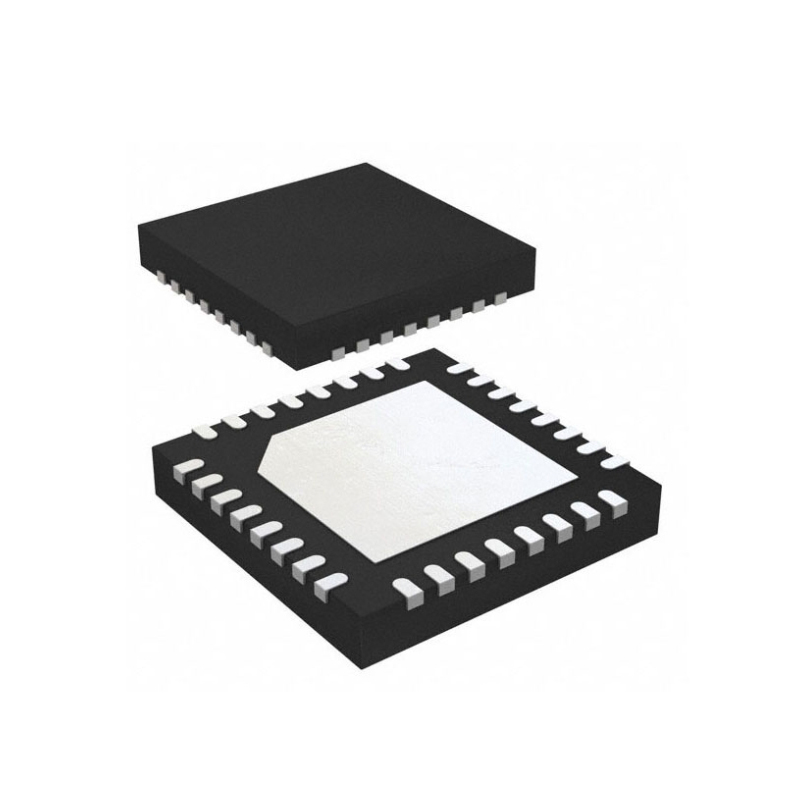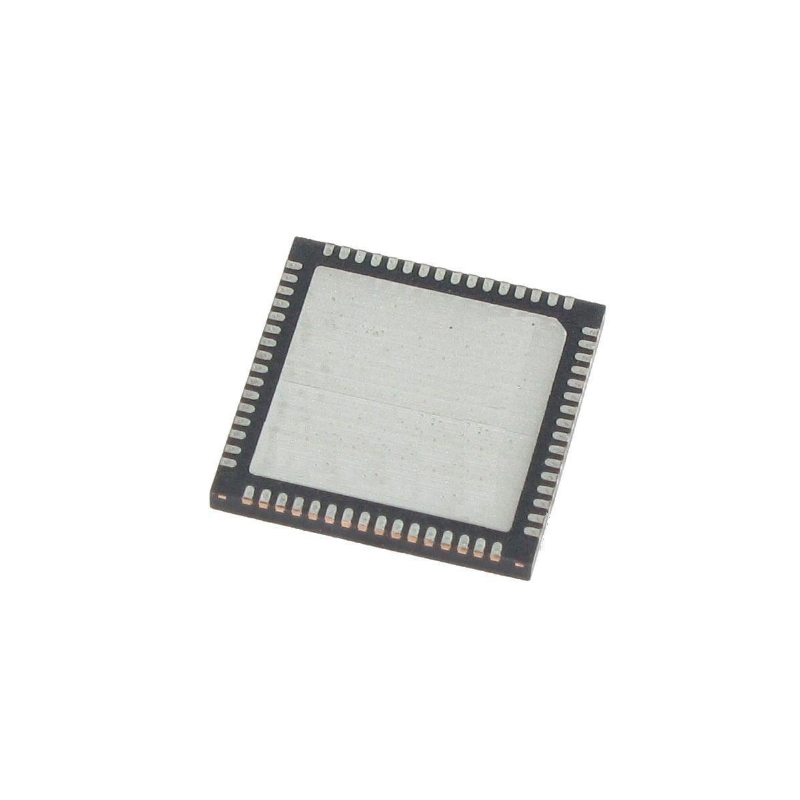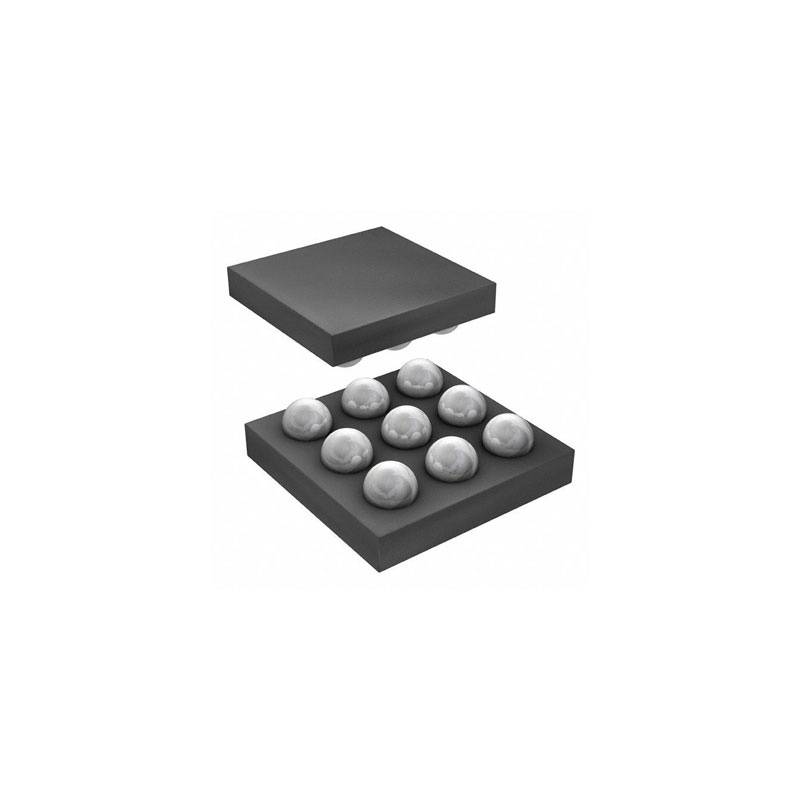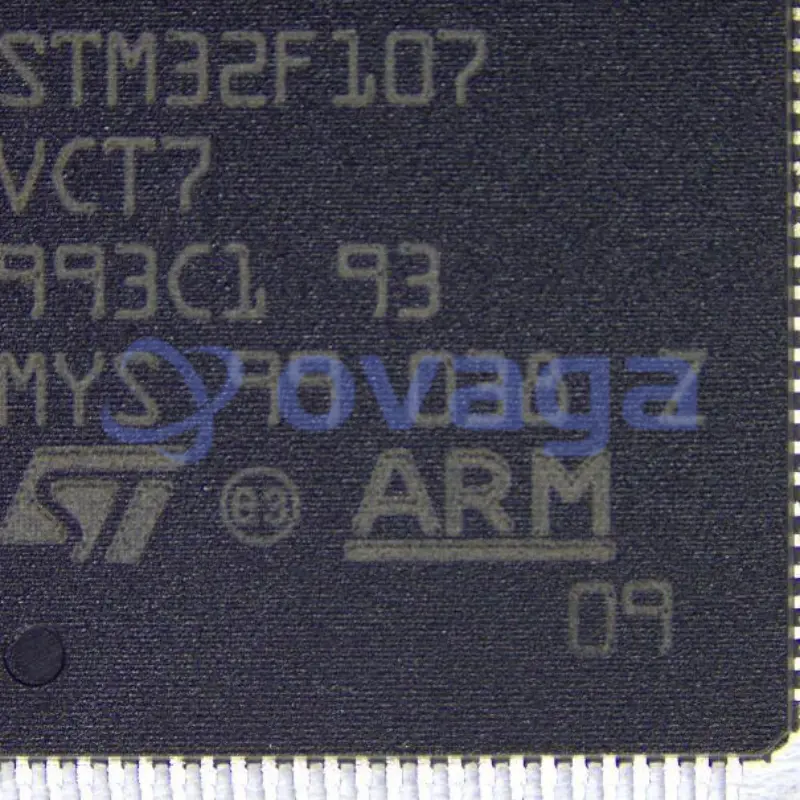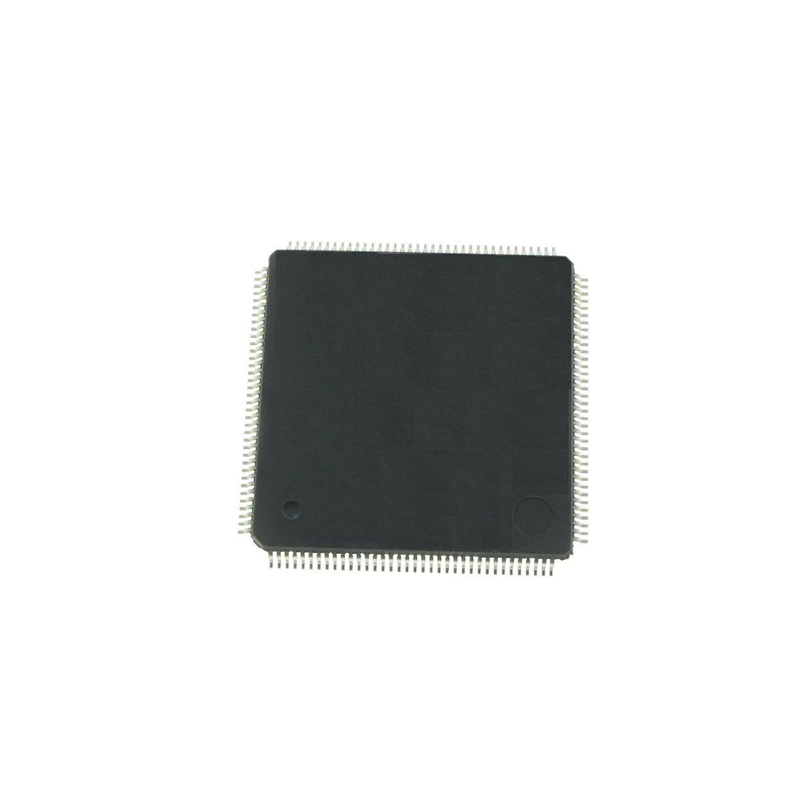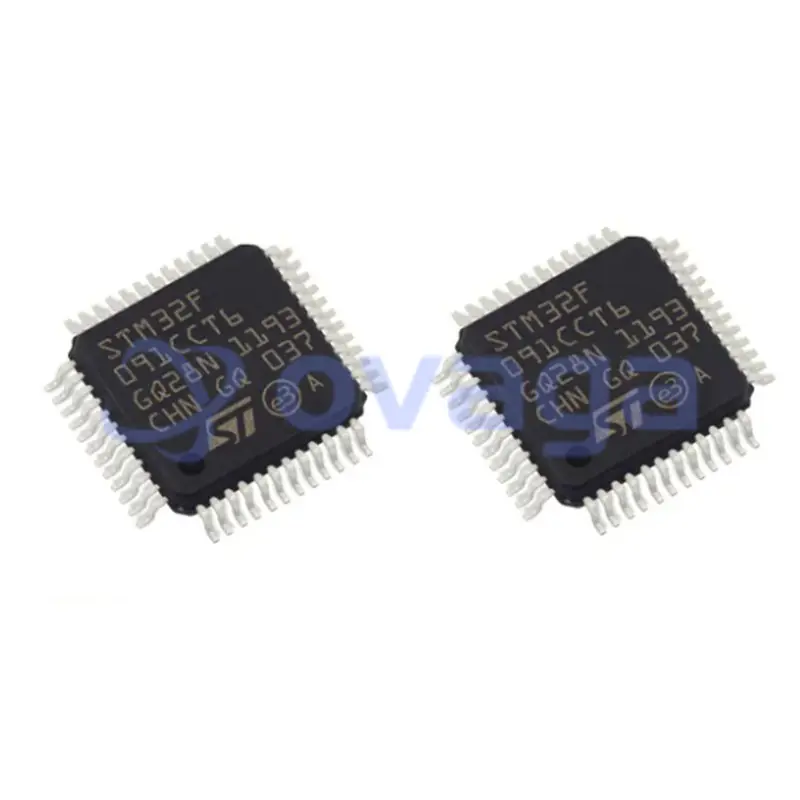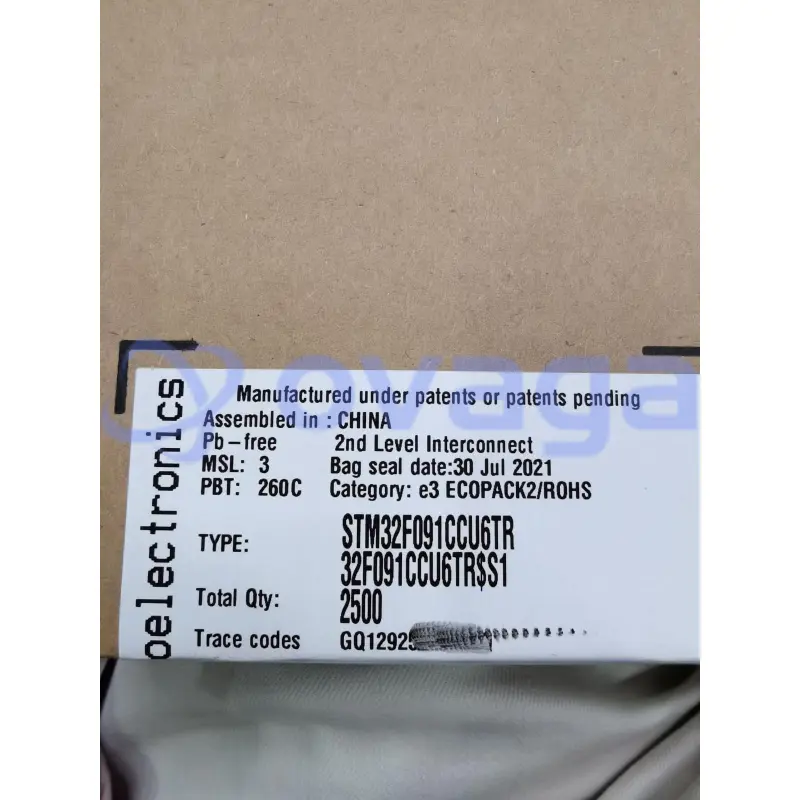The Evolution of Electronic Components: Innovations and Future Trends
Update Time: Dec 25, 2021 Readership: 2710
Contents
What are Electronics Components?
Electronic components are the building blocks of modern technology, playing a vital role in the design and functionality of various electronic devices and systems. They are essential in enabling the conversion, control, and manipulation of electric signals and energy in circuits, which powers our digital world.
These components can be broadly categorized into two types: active components and passive components. Active components, such as transistors, diodes, and integrated circuits, can control the flow of electricity and amplify signals. Passive components, on the other hand, such as resistors, capacitors, and inductors, do not produce energy but instead, store, dissipate, or filter it.
Electronic components have revolutionized various industries, including communication, transportation, healthcare, and entertainment, by enabling the development of cutting-edge devices and systems. From smartphones and computers to medical equipment and electric vehicles, electronic components have become indispensable in our daily lives, driving innovation and shaping the future of technology.
As technology advances, electronic components evolve, becoming smaller, more efficient, and more sophisticated. This evolution is crucial in meeting the growing demand for high-performance and energy-efficient devices and paving the way for new applications and breakthroughs in fields such as artificial intelligence, quantum computing, and the Internet of Things.
The History of Electronic Components
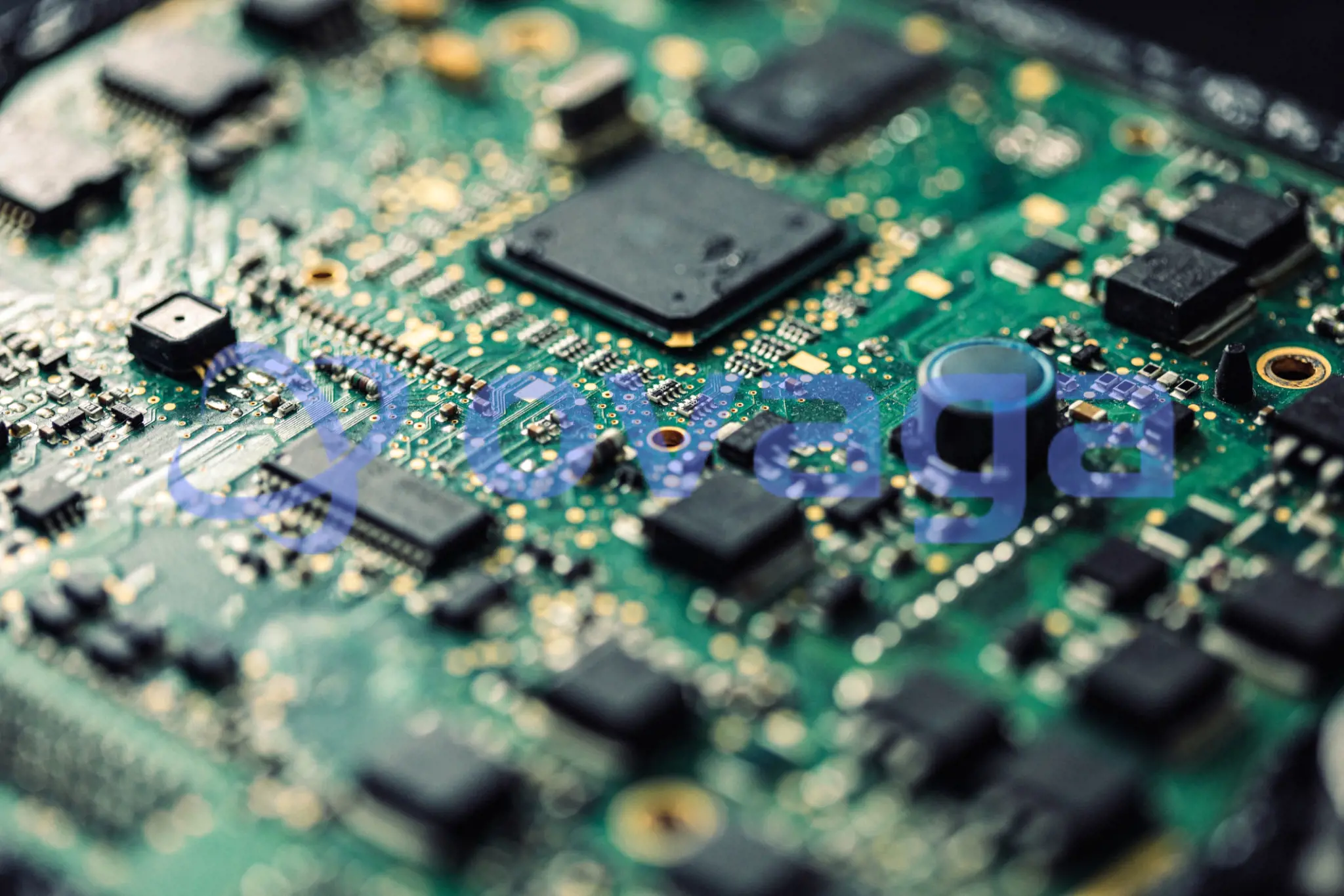
The invention of the vacuum tube and early electronic components
The history of electronic components dates back to the late 19th and early 20th centuries with the invention of the vacuum tube, also known as the thermionic valve. Inventors like Sir John Ambrose Fleming and Lee De Forest developed vacuum tubes as the first electronic devices capable of amplifying and controlling electrical signals. These components played a crucial role in early radio communication, telephone systems, and the development of the first electronic computers, such as the ENIAC (Electronic Numerical Integrator and Computer).
The transistor revolution and the birth of integrated circuits
The vacuum tube era ended in the late 1940s with the invention of the transistor by John Bardeen, Walter Brattain, and William Shockley at Bell Laboratories. Transistors, which are smaller, more energy-efficient, and more reliable than vacuum tubes, quickly became the primary active components in electronic circuits. They enabled the development of smaller and more powerful devices, including televisions, radios, and computers.
The next major advancement in electronic components came in 1958 with the invention of the integrated circuit (IC) by Jack Kilby at Texas Instruments and Robert Noyce at Fairchild Semiconductor. Integrated circuits allowed for the miniaturization of electronic systems by combining multiple transistors and other components on a single piece of semiconductor material, usually silicon. This innovation led to a rapid reduction in the size and cost of electronic devices, paving the way for the modern era of electronics.
The rise of microprocessors and modern electronic components
The invention of the microprocessor in the early 1970s marked another significant milestone in the history of electronic components. Developed by engineers at Intel, the microprocessor is an integrated circuit containing the functions of a central processing unit (CPU) on a single chip. Microprocessors revolutionized the world of computing and enabled the development of personal computers, contributing to the widespread adoption of digital technology.
Since then, electronic components have continued to evolve, becoming smaller, more efficient, and more powerful. Advances in materials science, semiconductor manufacturing, and circuit design have led to the development of modern electronic components, such as microcontrollers, digital signal processors, and field-programmable gate arrays (FPGAs), which are used in a wide range of applications, from consumer electronics to industrial automation and aerospace systems. As technology progresses, electronic components remain at the heart of innovation, driving the development of new devices and applications that shape our world.
Key Innovations in Electronic Components
Miniaturization and the push for smaller, more efficient components
One of the most significant innovations in electronic components has been the miniaturization of devices, driven by the continuous push for smaller, more efficient components. This trend began with the invention of the transistor and the integrated circuit, which substantially reduced the size and complexity of electronic devices. As semiconductor manufacturing techniques have advanced, electronic components have continued to shrink, allowing for more powerful and energy-efficient devices in increasingly compact form factors. This has given rise to smartphones, tablets, and wearable devices that pack much computing power into a small space.
The growth of wireless technology and the Internet of Things (IoT)
The development of wireless communication technology, such as Wi-Fi, Bluetooth, and cellular networks, has significantly impacted electronic components. With the ability to communicate wirelessly, electronic devices can now exchange data and connect to the Internet without needing physical connections. This has led to the rise of the Internet of Things (IoT), which refers to interconnected devices and sensors that collect and share data. Electronic components like microcontrollers, sensors, and low-power wireless communication modules enable IoT devices and applications, transforming industries like agriculture, healthcare, and transportation.
The rise of flexible and wearable electronics
Flexible and wearable electronics represent another significant innovation in electronic components. By developing flexible materials and manufacturing processes, researchers and engineers have created electronic components that can be bent, folded, or stretched without affecting performance. This has opened up new possibilities for designing and applying electronic devices, particularly in wearable technology, such as smartwatches, fitness trackers, and medical monitoring devices. Flexible and wearable electronics also have the potential to revolutionize industries like fashion, healthcare, and consumer electronics.
The impact of artificial intelligence (AI) and machine learning on component design
Artificial intelligence (AI) and machine learning are increasingly influencing the design and functionality of electronic components. By incorporating AI and machine learning algorithms into electronic devices, engineers can create components capable of learning from data and making intelligent decisions. This has led to the development of new electronic components, such as neuromorphic chips, designed to mimic the human brain's neural structure and processing capabilities. AI and machine learning are also being used to optimize the design of electronic components, resulting in more efficient and higher-performing devices. This trend is expected to continue as AI, and machine learning technologies become more advanced and integrated into various aspects of electronic component design and manufacturing.
Nanotechnology and the potential for further miniaturization
Nanotechnology is an emerging trend in electronic components, offering the potential for even further miniaturization. Researchers are developing new electronic components with unparalleled size, performance, and power efficiency by manipulating materials at the atomic and molecular scale. These advances in nanotechnology may lead to new types of devices and systems, such as ultra-thin displays, high-density memory storage, and flexible electronics with unprecedented capabilities.
The development of energy-efficient and eco-friendly components
As concerns about energy consumption and environmental impact continue to grow, there is a growing focus on developing electronic components that are energy-efficient and environmentally friendly. This trend involves using new materials, design approaches, and manufacturing processes to create components that consume less power, generate less heat, and have a smaller environmental footprint. Efforts in this area include the development of low-power semiconductors, energy-harvesting technologies, and biodegradable electronic components.
The role of 3D printing in the future of electronic component manufacturing
3D printing is another emerging trend that has the potential to revolutionize the way electronic components are manufactured. 3D printing technology can create custom electronic components with unique geometries and properties by enabling the layer-by-layer construction of complex structures. This could lead to more efficient and compact electronic devices, reduced manufacturing costs, and shorter time-to-market. As 3D printing technology advances, it is expected to play an increasingly important role in producing electronic components and devices.
The increasing importance of cybersecurity in electronic component design
Cybersecurity has become a critical concern for electronic devices and systems in today's interconnected world. As a result, there is an increasing emphasis on designing electronic components with built-in security features to protect against cyber threats. This trend involves the development of hardware-based security measures, such as secure boot processes, encryption capabilities, and tamper-resistant designs, to safeguard devices and data from unauthorized access and manipulation. As cyber threats continue to evolve, the importance of cybersecurity in electronic component design is only expected to grow.
The Future of Electronic Components
The potential of quantum computing and next-generation components
Quantum computing is a promising frontier in electronic components, potentially revolutionizing how we process and store information. This emerging technology leverages the unique principles of quantum mechanics to perform complex calculations at speeds far beyond what is possible with traditional electronic components. As researchers continue to develop and refine quantum computing technologies, we can expect to see the emergence of next-generation components that enable breakthroughs in fields such as cryptography, optimization, and artificial intelligence.
The role of electronic components in the advancement of smart cities and autonomous vehicles
Electronic components play a crucial role in developing smart cities and autonomous vehicles. Advanced sensors, communication systems, and data processing components are integral to the efficient functioning of urban infrastructure, traffic management, and public services. Similarly, autonomous vehicles rely heavily on electronic components, including cameras, LiDAR systems, GPS, and advanced microprocessors, to safely navigate and interact with their environment. As technology progresses, electronic components will remain at the forefront of innovations in smart cities and autonomous vehicles, driving efficiency, safety, and quality of life improvements.
The challenges and opportunities in the electronics industry
The electronics industry faces challenges and opportunities as it looks to the future. On the one hand, pressing concerns related to supply chain disruptions, materials scarcity, and environmental sustainability must be addressed. Additionally, the rapid pace of technological advancements places significant demands on the industry to constantly innovate and adapt.
On the other hand, these challenges also present opportunities for growth and innovation. As the demand for advanced electronic components continues to rise, there is a growing need for new materials, design methodologies, and manufacturing processes to meet the evolving requirements of various industries. Furthermore, the continued expansion of emerging technologies like the Internet of Things, artificial intelligence, and renewable energy sources will drive the development of new electronic components and systems that enable unprecedented capabilities and performance.
Conclusion
In summary, electronic components play a pivotal role in shaping the future of technology, as they form the building blocks of the devices and systems that drive innovation across various industries. The potential impact of emerging trends in electronic components, such as nanotechnology, energy efficiency, 3D printing, cybersecurity, and quantum computing, and their applications in smart cities and autonomous vehicles, cannot be overstated.
These trends promise to deliver new levels of performance and capabilities and present opportunities for addressing pressing global challenges, such as energy consumption, environmental sustainability, and urbanization. As the electronics industry continues to innovate and adapt to these trends, we can expect electronic components to remain at the forefront of technological advancements, profoundly influencing how we live, work, and interact with the world.
Popular Blogs
-

The Comparative Anal...
Active filters use active components such as tra...
-

How DSP Improves the...
Have you ever thought the integrated Digital Sig...
-
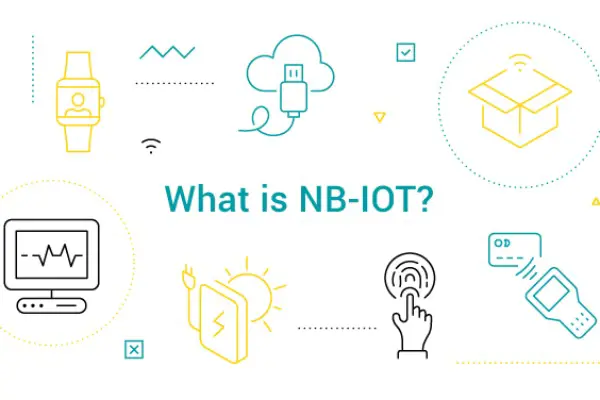
What is NB-IoT Techn...
NB-IoT (Narrow Band Internet of Things, NB-IoT)...
-
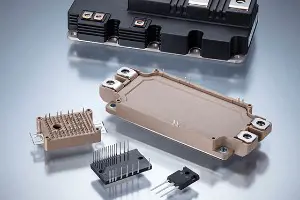
IGBT Latest Developm...
In this article, our team will introduce the lat...



